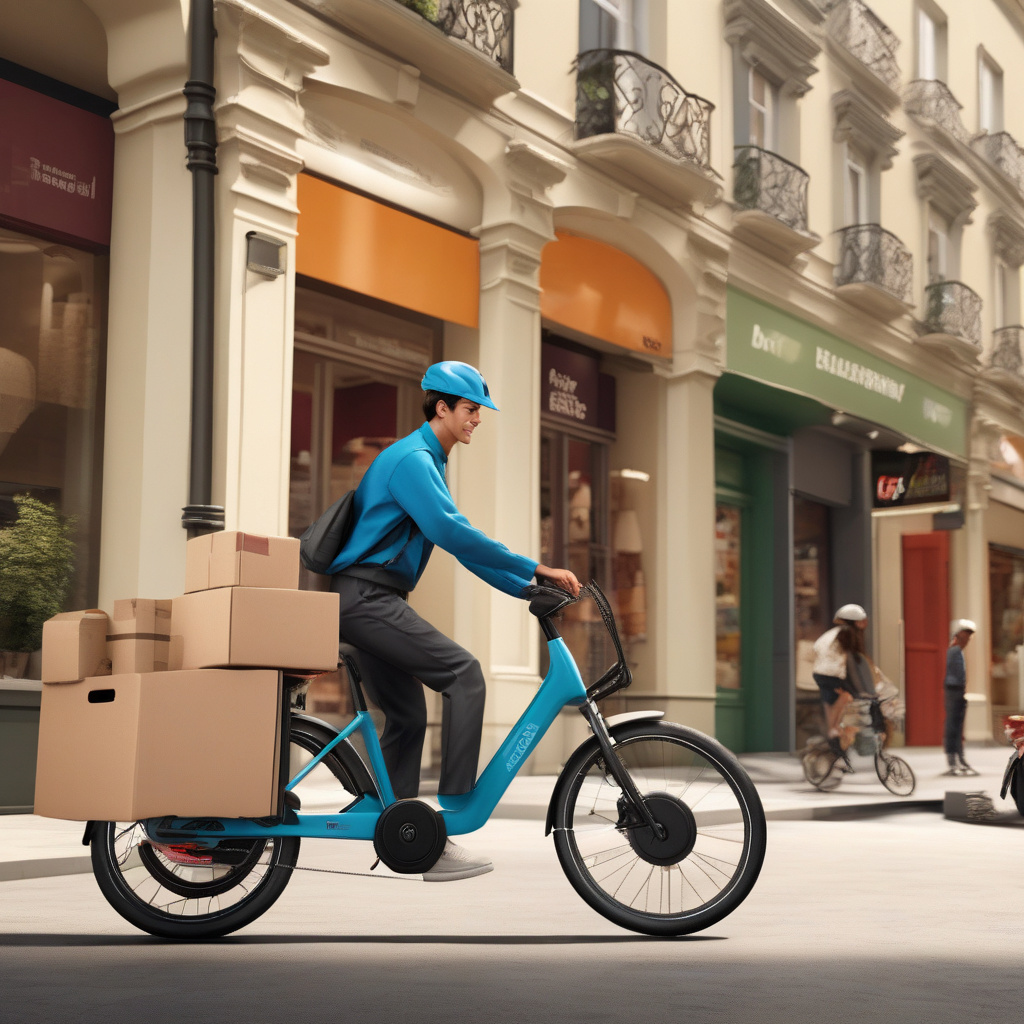Quick Commerce Gaining Momentum, Yet FMCG Giants Hold a Small Share
Quick commerce, the latest buzzword in the retail industry, has been making significant strides for Fast-Moving Consumer Goods (FMCG) companies in India. With sales skyrocketing by 50-100% in FY25, this on-demand delivery model is reshaping the way consumers shop for everyday essentials. However, despite the remarkable growth, quick commerce still accounts for a modest 2-4% of overall sales for major players such as Hindustan Unilever Limited (HUL) and Britannia Industries Limited.
The rapid rise of quick commerce can be attributed to changing consumer preferences and the convenience of getting products delivered to their doorstep within hours. This shift is particularly evident in urban areas where busy lifestyles leave little time for traditional shopping trips. As a result, FMCG giants have been quick to jump on the bandwagon, leveraging this trend to boost their sales and reach a wider customer base.
While quick commerce holds immense potential for FMCG companies, its current share of total sales remains relatively small. HUL and Britannia, despite witnessing a surge in quick commerce sales, still rely heavily on traditional retail channels to drive revenue. The online segment, including quick commerce, is gradually expanding into untapped markets and remote locations, presenting new growth opportunities for these FMCG giants.
One key advantage of quick commerce for FMCG companies is the ability to command better margins, especially through the sale of premium products. By offering a wide range of products through quick commerce platforms, companies can cater to varying consumer needs and preferences, thereby driving sales and profitability. Additionally, the data-driven nature of quick commerce allows for targeted marketing strategies, enhancing customer engagement and loyalty.
The expansion of quick commerce into new locations and the rising popularity of premium products are pivotal factors that are propelling FMCG giants towards embracing this channel more actively. As the competition heats up in the quick commerce space, companies are focusing on enhancing their delivery capabilities, optimizing inventory management, and streamlining order fulfillment processes to stay ahead of the curve.
Looking ahead, FMCG companies need to strike a balance between their traditional retail channels and the burgeoning quick commerce segment. While quick commerce offers speed and convenience, traditional retail outlets continue to play a significant role in reaching a vast consumer base. By adopting an omnichannel approach, FMCG giants can create a seamless shopping experience for customers, driving sales and brand loyalty.
In conclusion, quick commerce is undoubtedly sprinting ahead in the FMCG industry, reshaping the way companies engage with consumers and drive sales. While its current share of total sales for major players like HUL and Britannia remains modest, the channel’s rapid growth and potential for better margins are too significant to ignore. By leveraging the strengths of quick commerce and traditional retail channels, FMCG giants can capture a larger market share and stay competitive in an increasingly digital landscape.
#QuickCommerce, #FMCG, #RetailRevolution, #ECommerceTrends, #BusinessGrowth
